Every so often while hiking I find a tree with a burl. Sometimes the burl is a small globular protrusion on a branch and other times there are multiple burls on one tree. On a hike many years ago I found a burl that looked like a woman’s face with wavy hair around it.
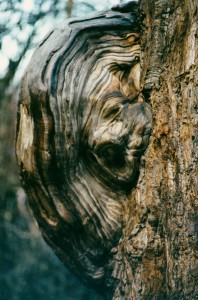
Burls form on nearly every species of tree including cottonwood trees. This burl resembles a woman’s face.
No two burls are the same even though they may look like it from the outside. The inside of a burl is unique, not like the straight grained wood in the rest of the tree. Cutting open a burl reveals a wood grain that is twisted, contorted and deformed.
The unique grain makes burl wood sought after by wood turners, furniture makers and wood sculptors. I’ve seen burl wood bowls, burls on deck railings and staircase railings.
Burl wood is softer than wood elsewhere on the tree but still hard enough to be sanded. The softness is related to the rate of growth. Burls grow faster than wood elsewhere on the tree.
To explain the rapid growth, let’s start at the beginning. Burls begin life as a gall, which is a plant tissue tumor caused by fungi, insects or bacteria. You may have seen galls elsewhere as small globular protuberances on the stems of weeds or shrubs.
Many burls are formed by crown gall bacterium. The bacterium contains a plasmid (a little extra DNA that is separate from the chromosomal DNA) that infiltrates into the tree’s genetics. When the cell divides, it also duplicates the plasmid.
DNA within the plasmid prompts the tree to create certain amino acids and growth regulators that cause a burl to grow. The “infection” also results in hyperplasia which is an abnormal proliferation of the vascular cambium.
The proliferation of vascular cambium is more rapid than in the rest of the tree which results in wider growth rings and softer wood. The “infection” also causes the cambial cells to divide for a longer period of time during the growing season than the rest of the cambial cells in the tree.
Due to hyperplasia, the proliferation isn’t orderly like the rest of the tree. Instead the orientation of the divisions is irregular, producing the twisted, contorted grain characteristic of burl wood.
As the tree grows, the burl continues to grow since the xylem and phloem still transport water and nutrients through the contortions.
Since burls are caused by infections from bacteria, viruses, fungi or insect infestations, burls are often found in clusters–either on the same tree or on surrounding trees. Figuring out what exactly caused burl formation isn’t straight forward because the bacterium or other infection agent may be long gone. Even more puzzling is that scientists haven’t been able to induce burl formation.
Even though burls grow faster than wood in the rest of the tree, they do not kill the tree. They may weaken the structure or reduce the tree’s vigor. However, removing a burl can harm the tree, especially if multiple burls on a tree are removed. Unlike branches, burls don’t have chemical protection at the base of their “stem” to ward off infection. Therefore, the large shallow wound created by cutting a burl may allow decay to enter the tree.
While the burl wound may heal after several years, it is best to enjoy the burl on the tree or cut the rest of the tree for firewood–a double bonus.

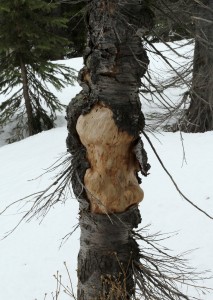

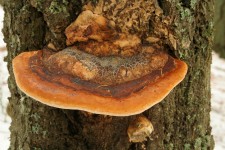
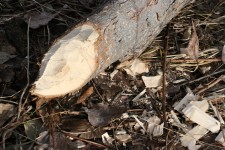
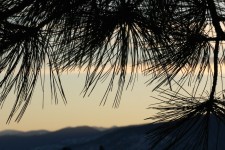
I have several burls that look like human ears, but cannot find anything on Google or Youtube that talks about them or shows pictures. You picture of the woman is about the closest, but mine are crazy close to a real ear and protrude out like an ear. Any thoughts? Can send you pics.